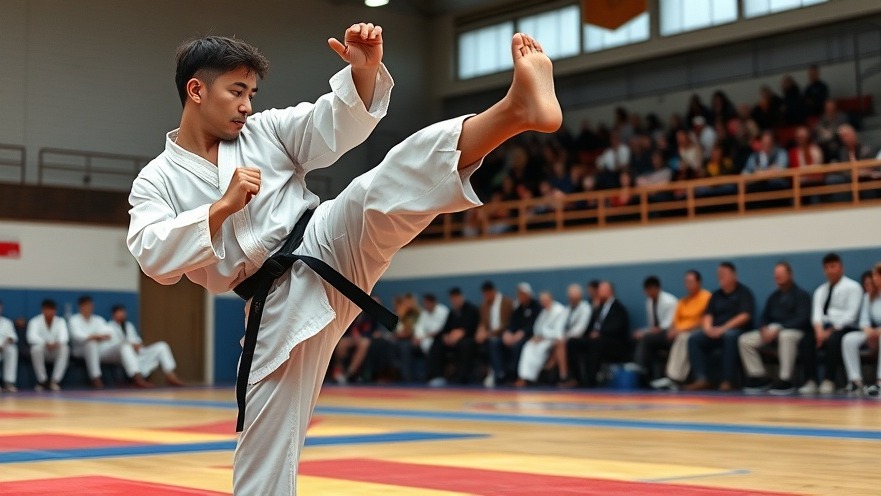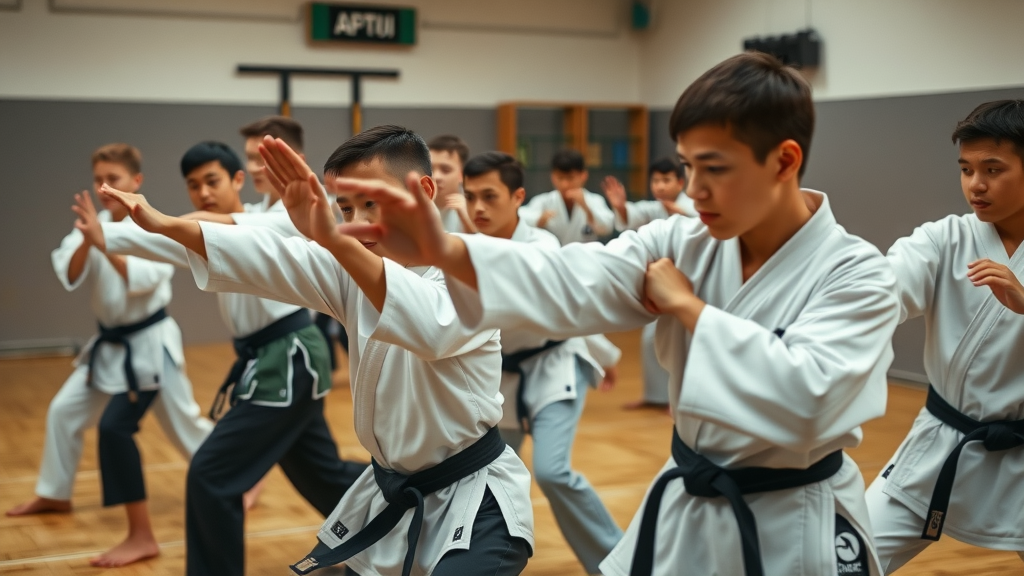
The Significance of Taekwondo: A Deeper Look
The taekwondo uniform, or dobok, is more than just clothing; it embodies the deep-rooted traditions and values of this martial art. Through the dobok, practitioners not only honor their lineage but also demonstrate their commitment to the discipline required to master taekwondo. The dobok connects students to their history, while its symbolic colors illustrate the journey from novice to expert.
Tracing the Origins of the Dobok
To fully appreciate the significance of the taekwondo uniform, one must understand its origins. Historically, the dobok stems from traditional Korean attire, influenced by both cultural significance and martial arts practices. Originally donned by soldiers and practitioners of ancient Korean fighting styles, the dobok has transformed as taekwondo evolved, embodying the pride and heritage of those who came before. Each wearer's connection to this garment reinforces their sense of belonging within the martial arts community.
The materials and craftsmanship of the dobok also reflect its historical roots; traditionally made from white cotton, its color symbolizes purity and a fresh start for beginners. This selection isn’t purely aesthetic; it holds meaning, as each uniform carries the aspirations and perseverance of its wearer, reminding them of their duties as students of the art.
Colors that Tell Your Story: From White to Black
The colors of taekwondo uniforms are significant, marking different stages in a practitioner’s journey. White stands for purity and the beginner's mindset, while black signifies mastery and wisdom. As taekwondo students advance, they earn colored belts that reflect their growth and achievements. For example, yellow signifies new beginnings, while blue represents maturity. This color progression not only illustrates their journey but promotes a sense of discipline that practitioners carry from the dojang (training hall) into their lives.
Connecting Tradition with Modern Practice
As many martial arts practices have evolved over the years, the dobok remains a steadfast emblem of taekwondo’s core values. Whether you're practicing in Gurnee or anywhere in the world, when you wear this uniform, you become part of a broader lineage that embraces discipline, respect, and tradition. This connection fortifies the sense of community among practitioners, fostering friendships and mentorships that often last a lifetime.
The Journey of a Taekwondo Practitioner: More than Just a Sport
Participating in taekwondo goes beyond learning self-defense; it develops life skills that extend far beyond the gym. Discipline and respect, integral components of taekwondo, are encapsulated within the dobok, serving as reminders of the commitment practitioners make. As students learn new techniques and advance through the ranks, they not only gain physical powers but also mental resilience—essentially growing into better individuals.
As witnesses to their own transformation, students learn the importance of perseverance, focus, and hard work, translating these principles into their daily lives. The dobok acts as a constant reminder of the mental and physical journey each student undertakes—the growth from a novice dressed in white to a confident master donning black.
Conclusion: Honor and Pride in Every Stitch
In essence, the taekwondo uniform is a symbol of more than just a sport; it represents a life philosophy guided by respect, discipline, and continuous improvement. Embracing the haunts of Korean history and culture, the dobok holds stories of perseverance in every seam. Whether you are a beginner or an advanced practitioner, each time you wear your uniform, you honor those who paved the way in this remarkable martial art.
For anyone considering starting martial arts, understanding the significance of the dobok is an essential step. It serves not only as a uniform but a gateway to unearthing a wealth of knowledge, tradition, and community. The journey starts with wearing this garment, but its impact reaches far beyond.
 Add Row
Add Row  Add
Add 








Write A Comment